“The demand for our cannabis has been so strong that we have not been able to supply enough. Therefore, we are hoping to increase our capacity and fulfill the needs of the market,” says Rudi Schiebel, CEO, and Founder of Habitat. The Canadian-based company uses a recirculating aquaponics system, which they use to harvest both organic cannabis and organic coho salmon. “We have created an almost waste-free system, which is where we think the future of agriculture is headed.”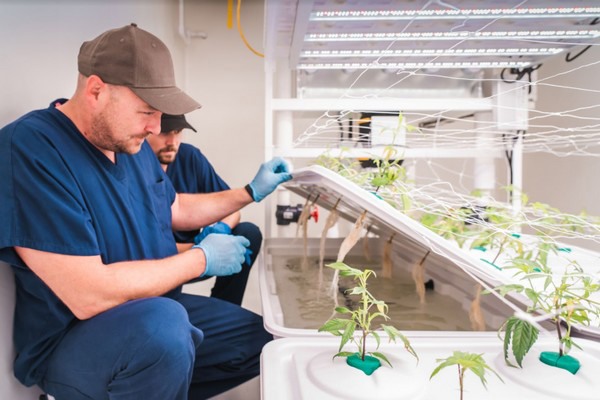
How does the system work?
Habitat uses the waste water from their salmon farm to recycle into the fertilizer and CO2 needed to grow their cannabis. “The plants take up the fertilizer and oxygen in the water, enabling them to grow vigorously. As the CO2 emissions of the aquaponics system is absorbed by the plants, our entire production process is very carbon efficient with efforts to achieve carbon neutrality in the future. In addition, any excess water from the plants is captured and then recirculated in the aquaponics system. The end result is a production of high quality, certified organic cannabis with a minimized impact on the environment.”
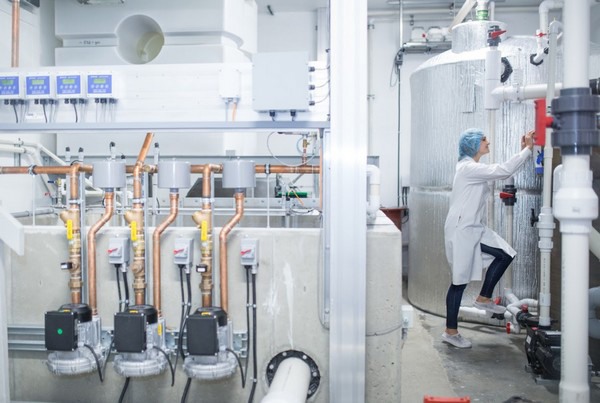
No roadmap
While Habitat is now reaping the benefits of their aquaponics system, starting up the system did not come without its challenges. Schiebel explains, “The main challenge we had is that there is not really a roadmap for this type of cultivation. It’s relatively new in terms of adding it into the industrial agricultural world that we have today, and it’s definitely a different thought process from monocropping and using chemical fertilizers. Over the last three years, we really stepped away from what would be considered the traditional knowledge and had to reimagine that into our new system. By now, we have been able to mitigate the challenges and we are hoping to one day help other growers as well by providing them our process both in cannabis and in general agriculture.”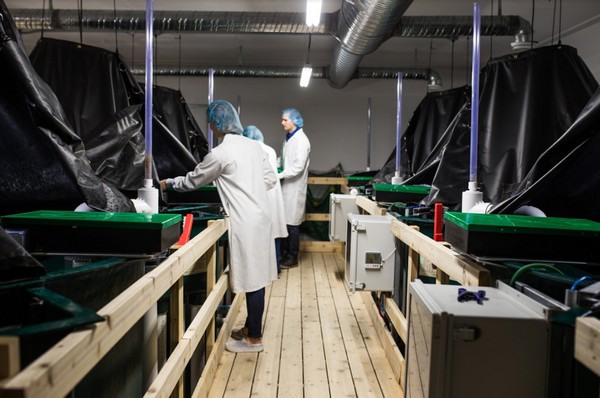
Looking to expand
“When we created our system, we wanted a model that is not only sustainable but also scalable, so that we can produce the yield that we need to stay competitive,” Schiebel says. Currently, they are growing cannabis in a two-tier cultivation of around 2,000 square feet. “Our brand is called Cake and Caviar and we sell it to the British Columbia market in retail stores as well as medical platforms that deliver nationally. The demand has been so strong that we have actually not been able to supply enough product. Therefore, we are looking to expand and our goal is to eventually scale up to 10.000 square feet of cannabis cultivation.”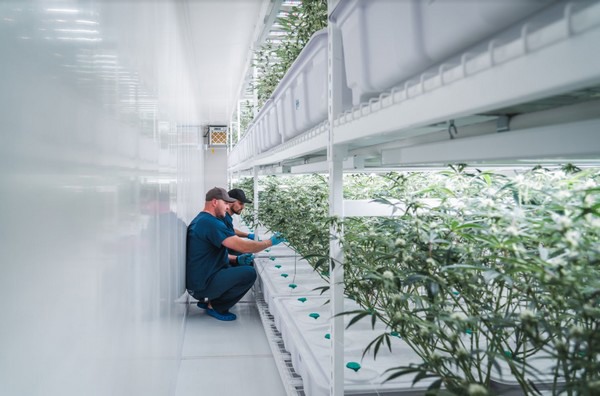
Schiebel explains that every industry is looking at moving towards a more sustainable and balanced way of production, and the cannabis industry is not immune to that. “What we are seeing from consumer preference, is that our brand is really resonating with them and we are receiving a lot of support for our environmental solution. Therefore, we definitely think that aquaponics cannabis cultivation is going to become a highly used solution in the future.”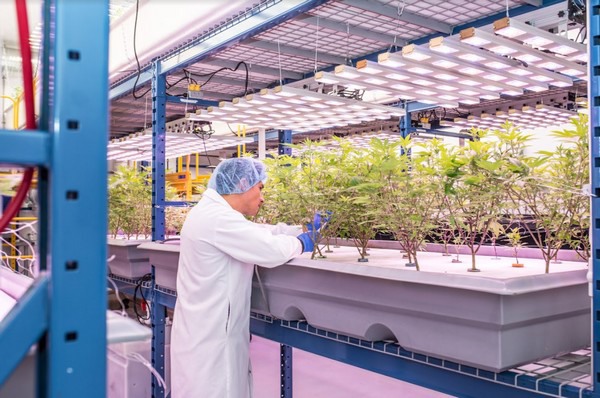
On the salmon side, the company is already sold out for the year in advance. “Our goal is to go from 4 to 1,000 tons of salmon production by 2026, with which we would be irrigating around 8 acres of cultivation space. And as we are scaling up and going into larger scale aquaponics, we want to start pairing that with food production and build it into a solution for greenhouse production as well. Greenhouse and indoor CEA require precise nutrient application to get the right measurements for high quality and high yields. We have been able to create a fertilizer source that we can tweak and employ in any type of nutrient delivery system. We think this is a highly beneficial aspect for when we enter the greenhouse industry.”
For more information:
Habitat
www.habitat.life
